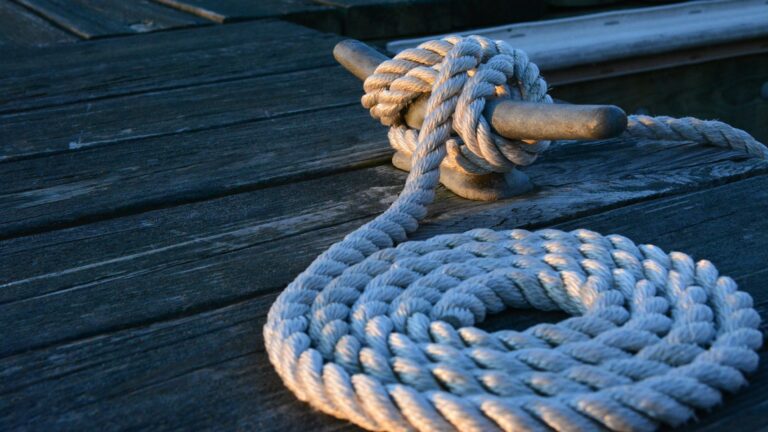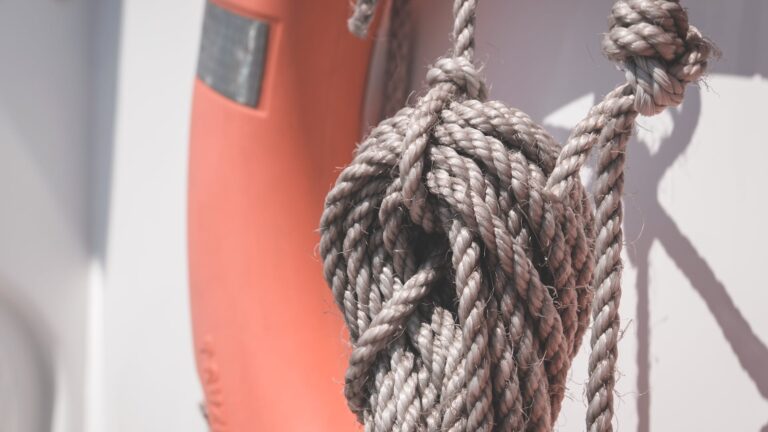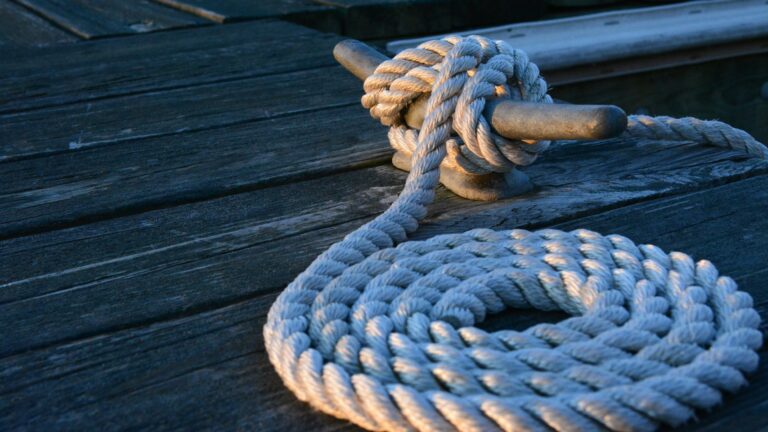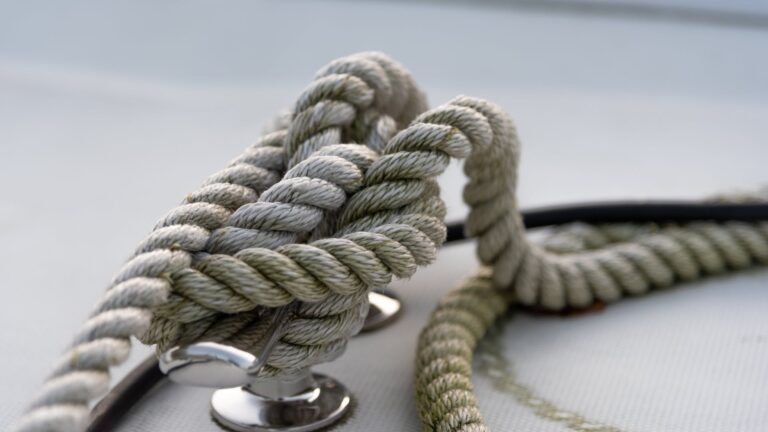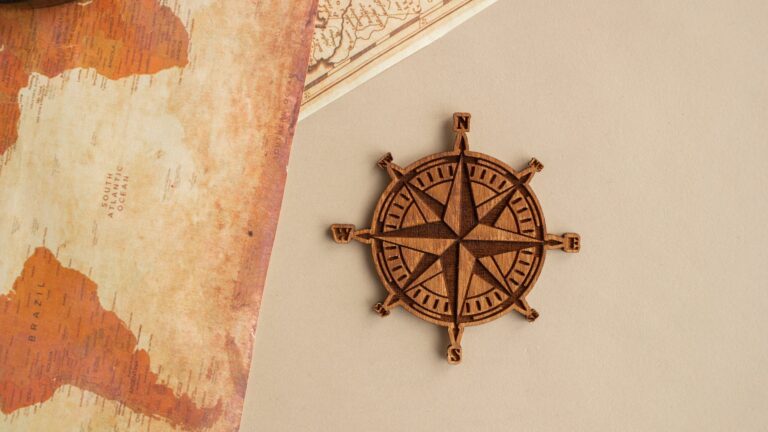What is a good size boat to sail around the world?
-
Introduction
-
Reasons for Choosing a Boat Between 35 and 45 Feet
-
Design Considerations for a Round-the-World Boat
-
Advantages of a 35-45 Foot Boat for Sailing Around the World
-
Disadvantages of a 35-45 Foot Boat for Sailing Around the World
-
Load Capacity of a 35-45 Foot Boat
-
Hull Design and Placement of Fittings
-
Rigging and Sail Plans for Round-the-World Boats
-
Safety Considerations When Sailing Around the World
-
Conclusion
-
References
What is a Good Size Boat to Sail Around the World?
Sailing around the world is an exciting and rewarding journey that requires careful planning, preparation and, most importantly, the right boat. Modern round-the-worlders most often choose boats between 35 and 45 feet in size due to their behaviour in open water, as well as desired level of comfort and safety. In this article, we will explore reasons why boats between 35 and 45 feet are ideal for sailing around the world, design considerations to take into account when choosing such a boat, advantages and disadvantages of using this size boat for such an undertaking, load capacity, hull design and placement of fittings, rigging and sail plans, safety considerations when sailing around the world and more.
Reasons for Choosing a Boat Between 35 and 45 Feet
Boats between 35 to 45 feet are generally preferred because they are big enough to handle the rough waters encountered while sailing around the world but not so big that they are difficult to maneuver or require more crew members than necessary. This size boat also allows room for storage of all necessary items needed during such an extended voyage while still providing adequate living space below deck. These boats also tend to be relatively lightweight compared to larger vessels which can improve fuel economy during long voyages as well as reduce overall maintenance costs associated with round-the-world sailing expeditions.
Design Considerations for a Round-the-World Boat
When selecting a boat between 35 and 45 feet in size, there are several design considerations that should be taken into account in order to ensure maximum performance during your voyage:
-
Displacement Ratio: This ratio measures how much weight is carried by your boat relative to its length which is important because it affects hull performance when encountering heavy seas or strong winds;
-
Beam/Length Ratio: This ratio measures how wide your boat is relative to its length which affects stability;
-
Draft: This refers to how deep into the water your keel extends which affects maneuverability in shallow waters;
-
Freeboard: This refers to how much of your vessel’s hull remains above water when loaded which can affect comfort levels when encountering large waves;
-
Cockpit Size: This affects how much space you have available when steering or performing other tasks while underway;
Advantages of a 35-45 Foot Boat For Sailing Around The World
The advantages of selecting a vessel between 35 and 45 feet include improved seaworthiness due to their displacement ratio, increased stability due to their beam/length ratio as well as increased maneuverability due to their draft depth in comparison with larger boats. These boats also tend to have more living space than smaller boats which can make long voyages more comfortable for those on board as well as provide ample storage space for provisions needed during extended passages at sea. Freeboard heights are also typically higher on these boats which can help keep passengers dry from spray during rough weather conditions encountered while sailing around the world. Finally, cockpit sizes tend to be larger on these vessels providing more room while navigating or performing other tasks while underway – especially important when sailing alone or with few crew members aboard.
## Disadvantages of a 35-45 Foot Boat For Sailing Around The World
The disadvantages associated with selecting a vessel between 35 and 45 feet include increased price tag due both higher initial cost as well as increased maintenance costs associated with larger vessels over time (e.g., fuel consumption). Another disadvantage is that these boats may require additional crew members when compared with smaller boats due their increased size – making them less suitable if you plan on sailing alone or with just one other person aboard over long distances (e.g., round-the-world voyages). Finally, these vessels may not be able to access certain ports or anchorages due their draft requirements (i.e., some ports may have shallow depths) so it’s important that you research this before committing yourself to such an undertaking!
## Load Capacity Of A 35-45 Foot Boat
When selecting any type of vessel it’s important that you consider its load capacity – especially when planning on taking extended trips away from shore! On average, boats between 35 and 45 feet in size can generally carry up 7500 pounds (approximate) including fuel, provisions, supplies etc.. However it’s important that you consult an experienced marine surveyor before purchasing any vessel so he/she can provide detailed information on its maximum load capacity given its particular model year, engine size etc..
## Hull Design And Placement Of Fittings On A Round-The-World Vessel
The hull design of your round-the-world boat should be designed specifically with offshore cruising in mind – meaning it should have good stability characteristics at sea in order make long passages comfortable yet still provide enough speed under power if needed (e.g., emergency situations). Additionally fittings should be securely mounted such that they remain intact even under heavy conditions encountered at sea (e..g., strong winds). It’s also important that all hatches be properly sealed against leakage – again especially important if you plan on making extended trips away from shore!
## Rigging And Sail Plans For Round The World Boats
Rigging choices for round the world sailboats should take into account both performance characteristics desired (e..g., speed) as well as maintenance requirements over time (e..g., ease of use/repair). It’s generally recommended that you choose either sloop or cutter rig sails plans depending on personal preference since both offer good performance characteristics yet do not require excessive maintenance while underway (e..g., reefing sails etc.). Additionally it’s recommended that you use heavier duty rigging components such as high quality stainless steel wire rope instead of lighter weight materials since they will last longer under harsh conditions encountered offshore cruising!
## Safety Considerations When Sailing Around The World
Sailing around the world is an amazing journey but it comes with many inherent risks – both from Mother Nature herself but also from human error! It’s therefore important that you take safety seriously by investing in quality equipment such as life rafts/life jackets etc.. Additionally it’s recommended that you choose sail plans/rigging components/hull designs tailored specifically made with offshore cruising in mind since they will perform better during challenging weather conditions encountered offshore cruising (e..g., strong winds/heavy seas etc.). Finally it’s advised that crews take regular safety drills during passages so everyone aboard remains familiar with safety protocols in case an emergency situation arises!
## Conclusion
In conclusion selecting a boat between 35 and 45 feet is ideal for those looking undertake extended offshore voyages such as round the world expeditions due their improved seaworthiness/stability characteristics compared with smaller boats yet still manageable size compared with larger vessels which require additional crew members/maintenance costs etc.. When choosing such a vessel there are many design considerations including displacement ratio/beam length ratio/draft depth etc…which must be taken into account in order ensure maximum performance during your voyage! Additionally load capacity must be considered before purchasing any type vessel along with hull design/placement off fittings tailored specifically made with offshore cruising in mind plus rigging components made from high quality materials like stainless steel wire rope rather than lighter weight materials! Finally safety protocols must always be followed onboard any vessel embarking onto open waters – especially those planning on undertaking extended trips away from shore!
## References
1) “Choosing A Cruising Sailboat”, Cruising World Magazine https://www.cruisingworldmagazineonlinecom/choosingacruisingsailboatarticle_2121767html 2) “Choosing A Cruising Yacht”, Practical Boater Magazine https://wwwpracticalboatercomau/choosingacruisingyachthtml 3) “Design Criteria For Bluewater Cruisers”, Sail Magazine https://wwwsaillmagazinecomdesigncriteriaforbluewatercruisers4html 4) “Selecting The Right Rigging”, Sail Magazine https://wwwsaillmagazinecomselectingtherightrigginghtml


